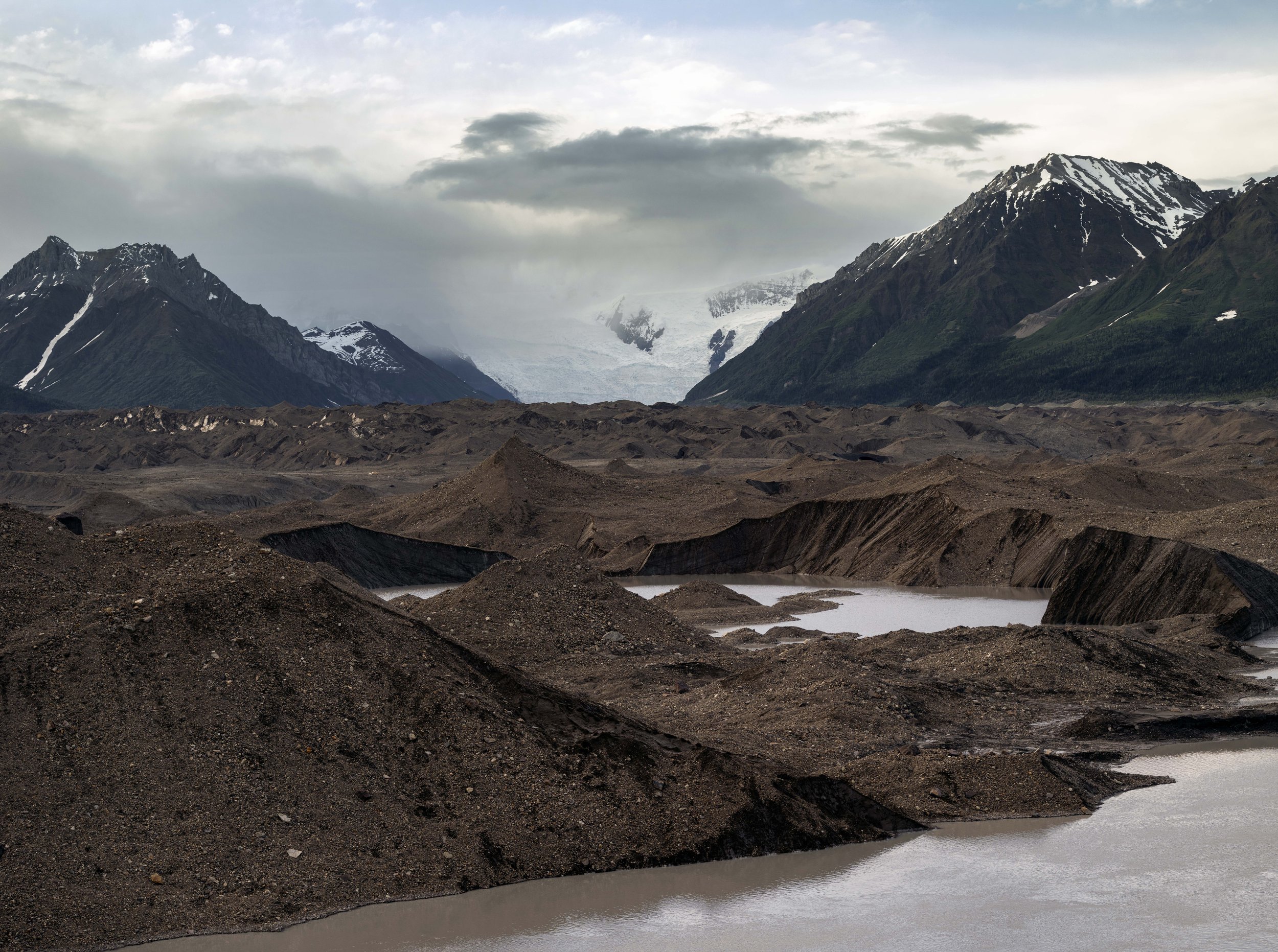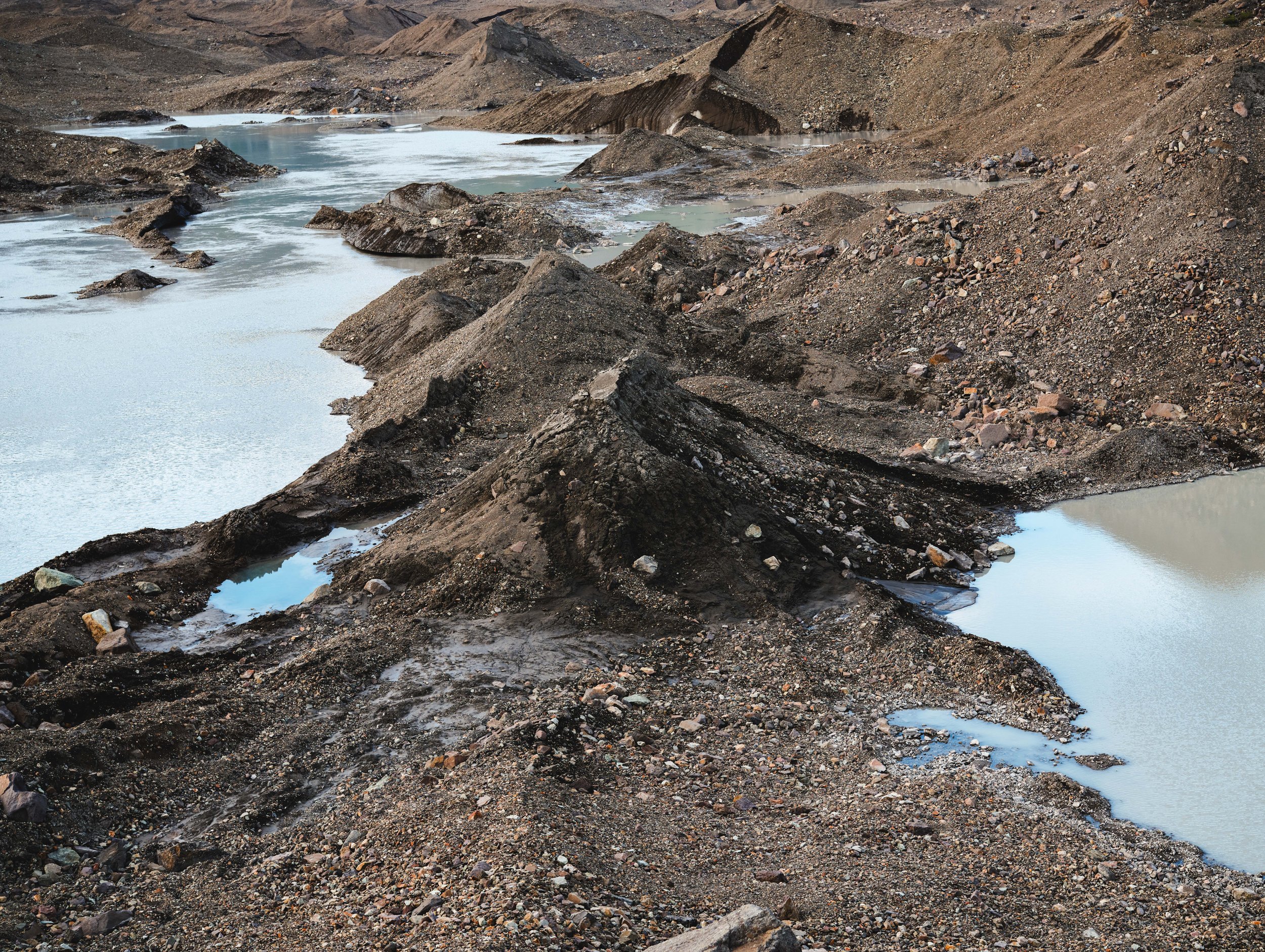Researchers of the Cryosphere
Recorded interviews with researchers studying glaciers, sea ice, and policy to communicate the current state and future of the earth’s cryosphere. While the cryosphere continues to undergo major changes, these researchers discuss the role of climate change in their work as well as the importance of adding adaptation into the scope of conversation.




























